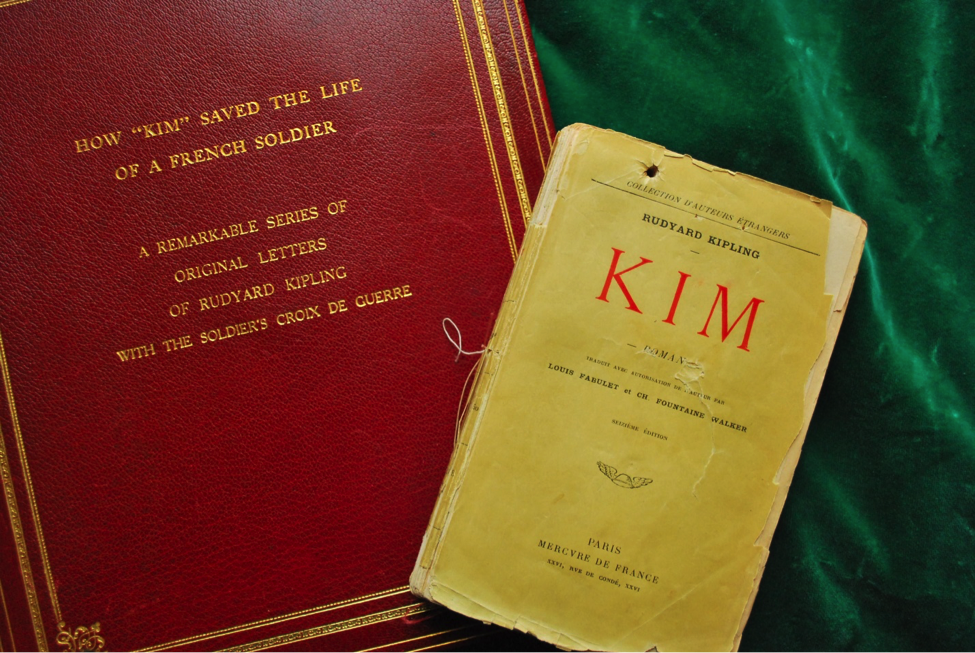Rudyard Kipling, infamous for his political views as an excellent author, published well-written literary works ever since he was in his early 20s. Who would ever suspect that he would write a book so outstanding, it literally saved a man’s life?
Kim, the best book written by Kipling, saved a legionnaire’s life in World War I by deflecting a bullet aimed directly at him, making him the only survivor of an artillery attack.
Who is Rudyard Kipling?
Born in 1865 in Bombay, India, Rudyard Kipling was the son of John Lockwood Kipling and Alice Macdonald. John Lockwood Kipling, an architect, artist, and the head of the Jeejeebyhoy School of Art, headed to the colony with the ambition to spread the awareness of Indian art & architecture, saving it against British interest.
As a child, Rudyard and his sister, Beatrice, were sent to England in 1871 to avoid health problems and start their formal education after spending a few years living in India. They stayed in an outlying district of Portsmouth at a boarding house named the Lorne Lodge in the Southsea. After spending six years in the boarding house, the Kipling siblings entitled it as the House of Desolation.
His stay in the Lorne Lodge filled him with anger and sadness. Adding to the feelings of abandonment with his parents, the house’s woman and her son also physically abused him frequently.
Rudyard then became a student at the United Services College in 1878, situated in Western England. He seemingly had an enjoyable time there as he made friendships that he eternalized in his literary works. Four years later, he left the United Services College as his parents couldn’t afford quality education for him anymore.
After he left school, he started his journalism career in India. During the five years he worked as the assistant editor of the Civil and Military Gazette in Pakistan, he published different works like the Plain Tales from the Hills and Departmental Ditties that referenced the British experience in Simla. By 1888, his literary works started to be sold cheap in railroad terminals, gaining traction with The Phantom’s Rickshaw and Other Tales, The Story of the Gadsbys, Soldiers Three, Under the Deodars, and Wee Willie Winkie and Other Child Stories.
His works became more and more known when he settled in London and America, and in 1901, he published Kim, his most well-written novel as pertained to by critics. (Source: Poetry Foundation)
The Life Saving Kim
During World War I, a French Legionnaire named Hamonneau became the last survivor in an artillery attack. After hours of remaining unconscious because of the injuries he suffered, he discovered that what kept him alive was the book Kim, written by Rudyard Kipling, which hindered the bullet from hitting him.
Hamonneau’s earning of Croix de Guerre reward led to a close relationship with Rudyard Kipling himself. When Kipling suffered from the grief of losing his son, John, Hamonneau sent Kipling the book that saved his life, along with the reward he gained. Touched by his gesture, Kipling vowed he’d send the gifts back if Hamonneau ever had a son.
Hamonneau’s wife soon gave birth to their son, naming him Jean in memory of Kipling’s deceased son. As promised, Kipling returned the gifts to Hamonneau along with a letter for Jean, instructing him to consistently put at least a 350-paged book in the pocket at his left breast. (Source: Library of Congress)
